There can be your advertisement
300x150
Staircase Railings for Private Homes: Design Ideas and Decoration
A staircase is such an aesthetically attractive element of interior design that it would be worth installing even if it doesn't serve any other function. But a two-story house or a two-level apartment cannot be imagined without this stairway structure. If a plain ascent in a space limited by two walls does not need separate description, then a beautiful staircase in a country house requires a detailed discussion about railings.
Key Functions and Design of Railings
Railings perform at least three main functions:
- ensure a safe ascent and descent;
- provide convenience when moving vertically;
- enhance the interior of a living space (or public area).
Additional features are considered optionally. Members of the fashion industry may consider stylish railings a good decoration for photo shoots. Enthusiasts of festive decorations will see them as a suitable surface for room decoration. Why not?
Before moving to the technical side of things, let's clarify some terms. People often confuse railings and handrails, which leads to misunderstanding between clients and contractors. Remember: staircase railings are a structure with vertical posts and horizontal handrails. Therefore, handrails are only the upper part of the railing structure.
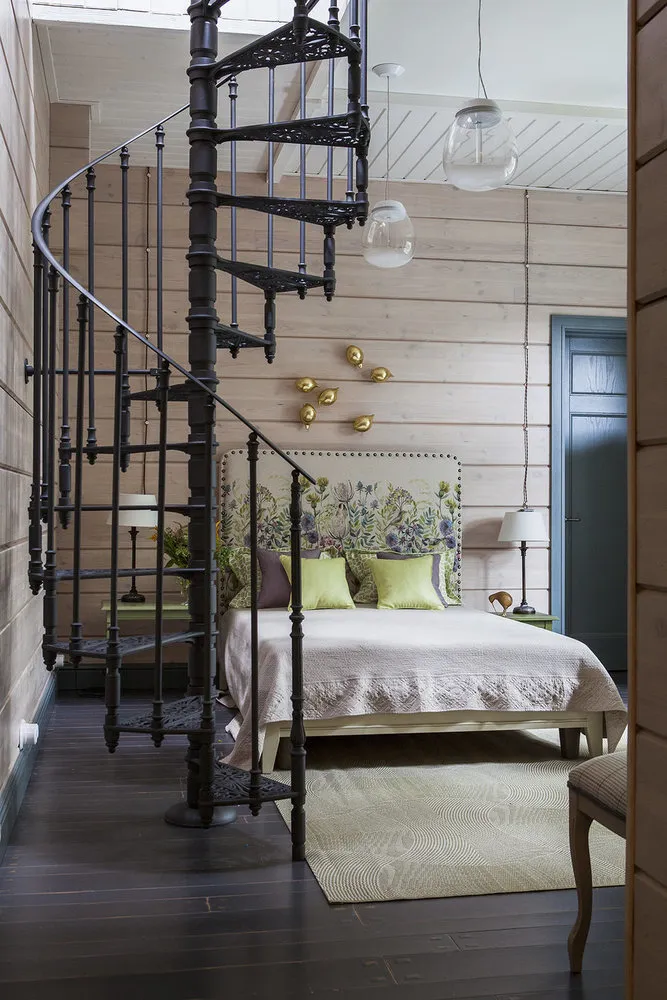 Design: Oksana Korotkina, Studio Prosperity
Design: Oksana Korotkina, Studio ProsperityWhat other definitions should you know?
- Balusters - posts that support the handrails.
- Base rail - the end post, distinguished by greater stability.
- Stringer - a horizontal baluster, used instead of vertical supports.
- Filling - decorative elements that close gaps between posts.
Each element of the structure adheres to strict construction rules and design principles. For example, railings are required if the staircase has at least five steps. Handrails should have a convenient width and pleasant tactile feel; height varies from 90 to 120 centimeters; additional handrails are installed if small children live in the house. The steepness of ascent should correspond to the physical condition and age of the inhabitants. Support posts cannot be more than half a meter apart from each other and must be securely attached at turn areas.
 Design: ToTaste Studio
Design: ToTaste StudioFilling is not a mandatory element and is required for children's safety.
As for decorative execution, its main responsibility is to match the surrounding space. Thanks to a wide variety of railing designs, it's possible to find stylistic matching for any interior.
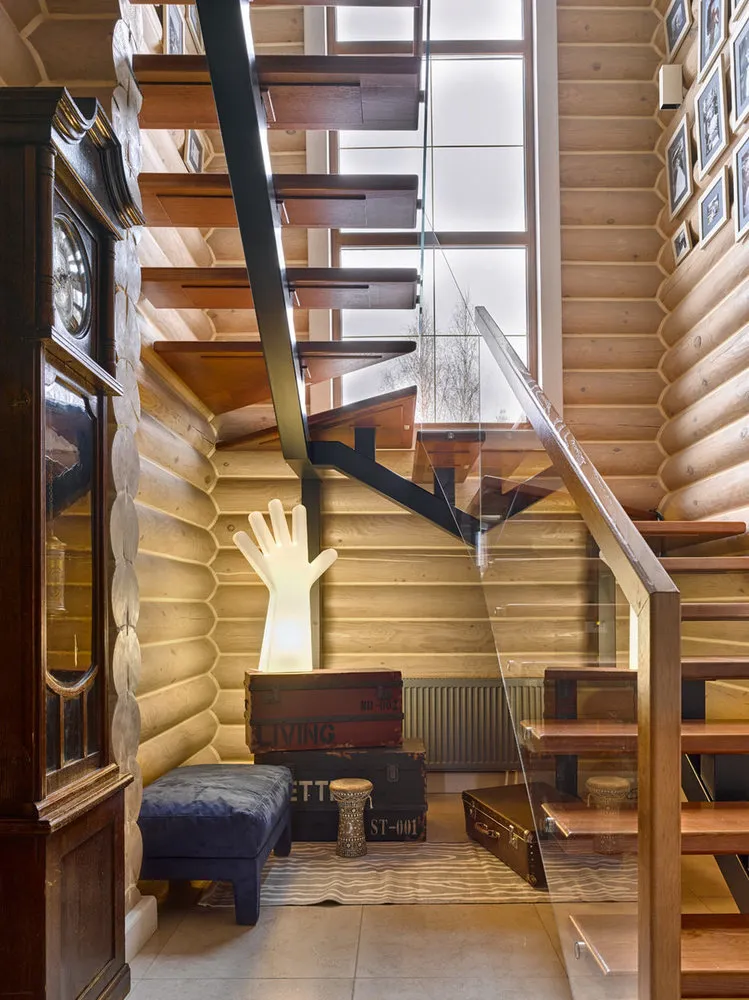 Design: Ilya and Svetlana Komyakov
Design: Ilya and Svetlana KomyakovTypes of Railings by Material
There are many options for railing design (by material, color, shape).
Principally different approaches are used for interior and exterior staircase railings. Interior railings feature light color schemes, lightweight construction, glass, and wood. Exterior staircases are characterized by bulkiness, resistance to weather conditions, which is shown in concrete and metal.
In general, the choice of materials for staircase railings is much wider: glass, wood, or even aluminum instead of tin. Let's list the most commonly used options.
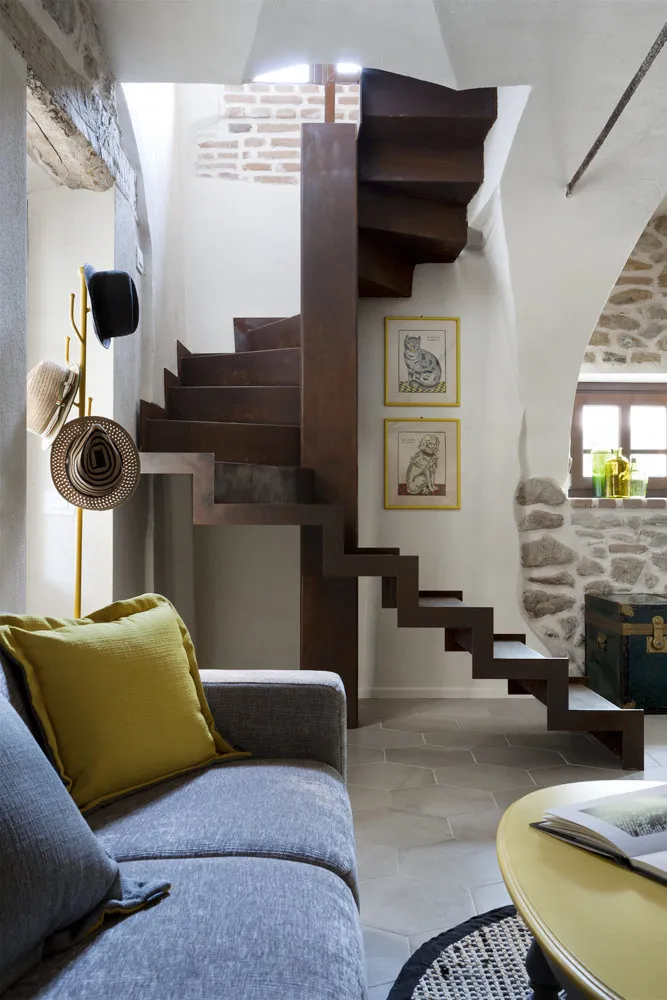 Design: Yana Zhdanova
Design: Yana Zhdanova- Wood
Railings made of wood are the ideal choice for a dacha, cottage, or any country house.
It is extremely rare to find interior styles where a wooden staircase would not fit: from country to classic.
Advantages of this material include:
- naturalness and eco-friendliness;
- availability and accessibility;
- moderate cost (except for rare and valuable species);
- ease of processing and installation;
- beautiful natural texture;
- never goes out of style.
There are also some drawbacks, but they're not many:
unsuitable for outdoor use (without special treatment);
susceptible to mold, mildew, and wood-boring insects;
high cost of rare and beautiful wood species.
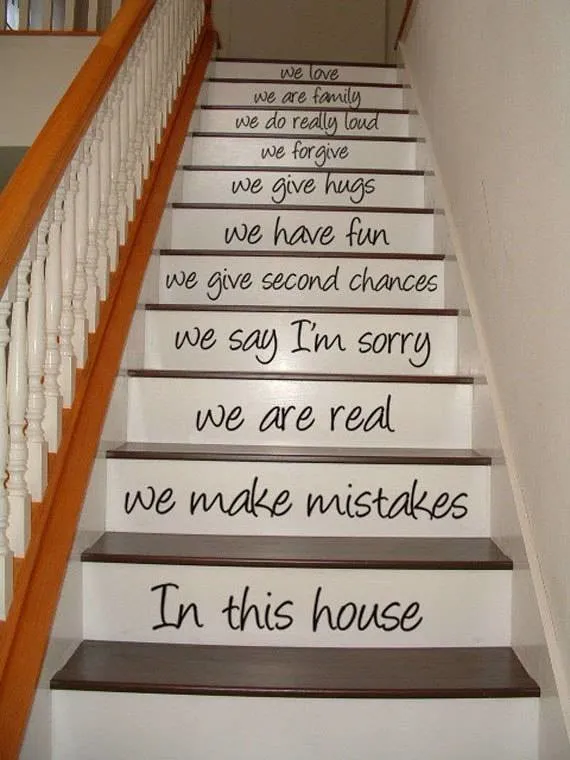 Design: Architect Nikita Morozov
Design: Architect Nikita Morozov- Metal
Railings made of metal would compete with wooden ones if not for the more complex processing and installation process.
Sometimes, cold and slippery surfaces of 'iron' handrails are mentioned as a drawback. However, in warm weather, the coolness is only pleasant, and the smoothness creates a feeling of sterile cleanliness. Those who prefer 'live' surfaces won't have problems installing wooden handrails on a metal staircase.
Advantages of metal railings include:
a wide variety of design options;
the ability to use outdoors;
relative affordability (compared to oak or walnut);
service life measured in decades;
durability and resistance to all types of impacts;
compatibility with most materials (glass, wood, etc.).
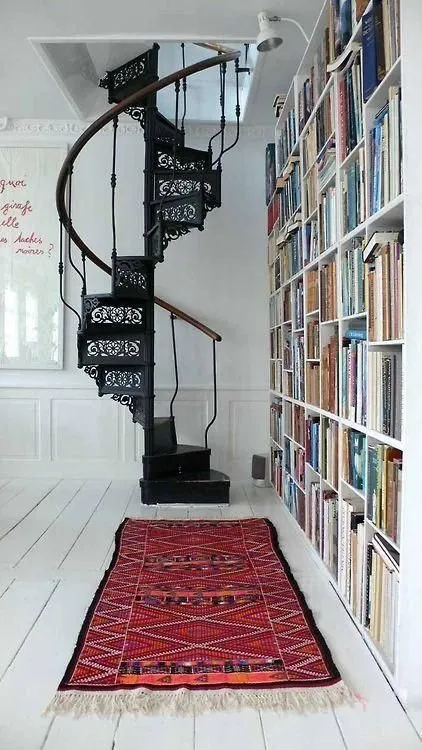 Design: Architect Nikita Morozov
Design: Architect Nikita MorozovRailings of different construction types have their own pros and cons.
Assembled railings are lightweight, easy to install, and inexpensive. Welded (except stainless steel) ones are durable and strong if not for the welds. Casting is already a work of art, surpassed only by forging used in luxurious interiors with gilding or patina. The last two options are very expensive.
The desire to decorate your home with a staircase largely depends on the size of your wallet. Free funds will allow you to create an exclusive structure from copper or brass. A tight budget suggests installing aluminum railings. They are easy to install, can be polished or toned, and cost much less than the first options. Unfortunately, they are prone to scratches and can bend under high loads. In this sense, stainless steel is the golden mean. Shiny stainless steel fits well into modern styles, serves owners reliably, and does not burden them with its cost.
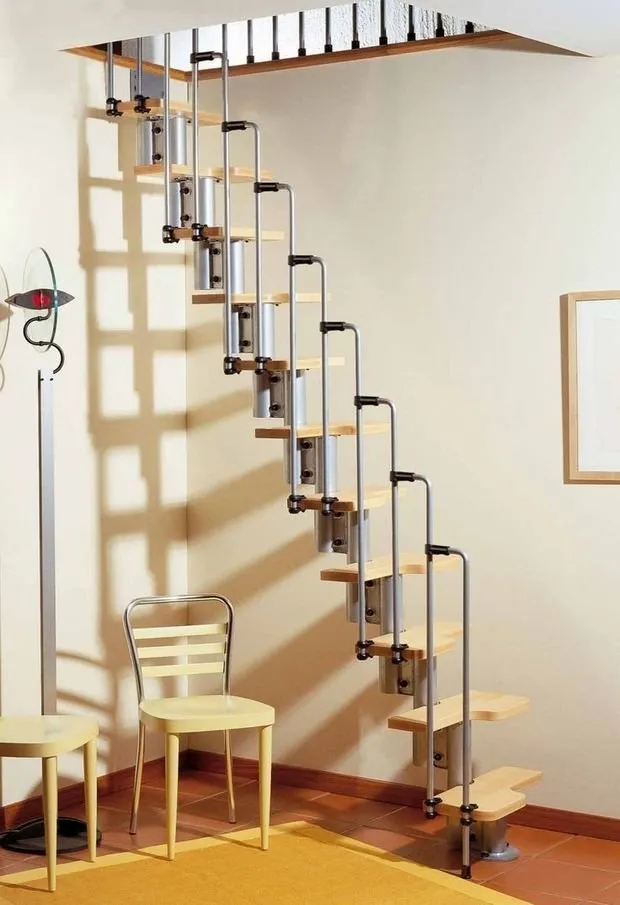 Design: Architect Nikita Morozov
Design: Architect Nikita Morozov- Glass and Plastic
Glazed elements in staircase construction are not used for support posts but as protective screens. Glass, of course, is not window glass but tempered and multi-layered, known in households as silicate or acrylic glass. Usually, there are three layers, hence another name - tripleplex. These properties include:
- chemical neutrality of the material;
- resistance to external environment impacts;
- absence of injury risk from chips or sharp edges;
- transparency, keeping the room bright;
- possibility of tinting (at the owner's choice).
Railings made of acrylic glass look modern, but they lack the sense of reliability compared to more solid materials.
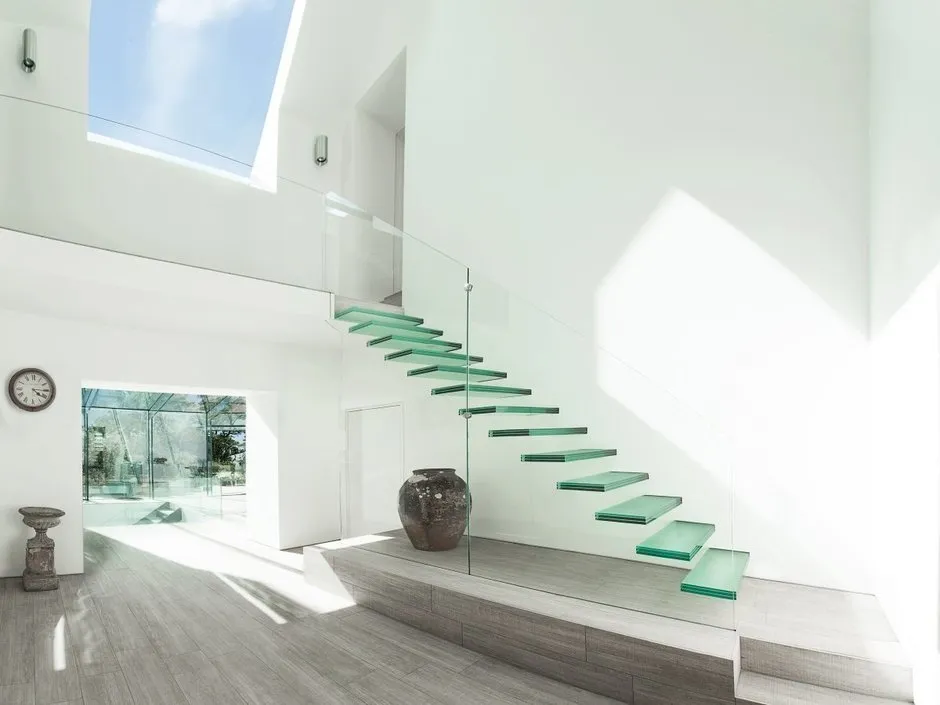 Design: Architect Nikita Morozov
Design: Architect Nikita MorozovPVC components are often used for manufacturing complex-shaped railings, thanks to the plasticity of the material. PVC is affordable and can mimic wood texture - 'pretending' to be a more noble material. This option is good for unusual interiors but unsuitable for classic styles.
For a long time, metal and wood have been 'friends' in staircase railings - forged posts and oak handrails create an atmosphere of restrained luxury. The alliance of glass and metal has no equal in modern interiors and high-tech spaces. For the perimeter of a house's staircase, casting and stone are well-suited. Study various options in photos online, consult with designers, and choose the railings that are right for you, matching both functionally and visually.
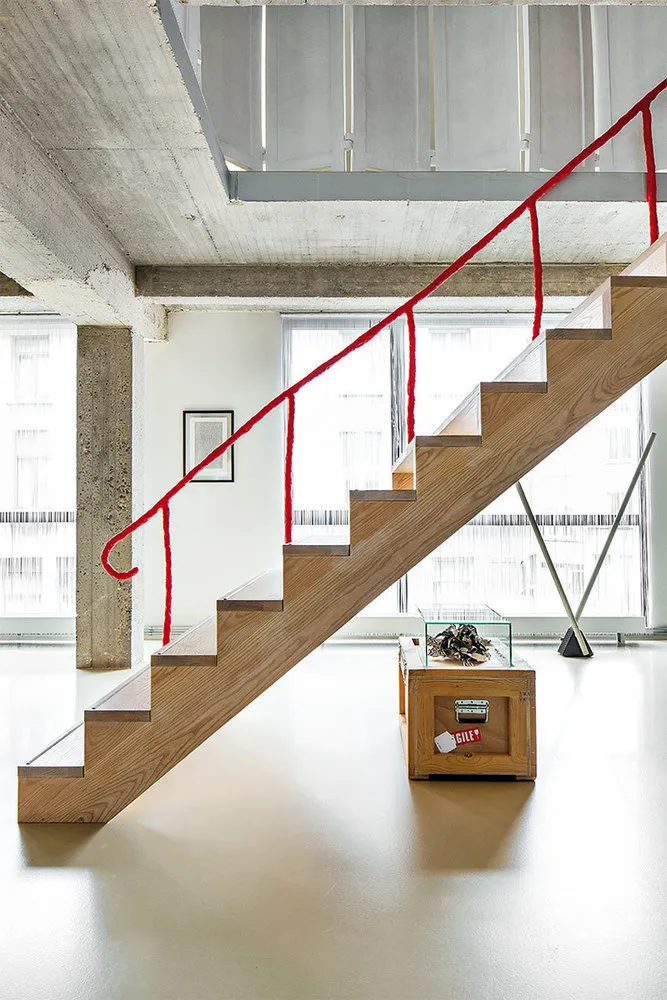 Design: Studio Job
Design: Studio JobCalculating and Installing Railings
The principle of repeated measurement before cutting is applicable in railing construction as well. There are several key points that, if overlooked, can lead to errors in reliability.
The height of the handrail in a residential building, according to construction standards, should be at least 90 centimeters. However, it's clear that an inspector with a tape measure will rarely visit your cottage. Therefore, follow your own comfort: in a family of basketball players, the handrail may be placed at over a meter from the floor; in a large family, it can be half a meter (or double - 0.5 and 0.9 meters).
The width should allow comfortable gripping of the handrail. Industrially produced items are about ten centimeters wide; for grand staircases - more.
The gap between supports is directly proportional to the strength of the staircase. The average distance should be around 50 centimeters. However, if only adults live in the house, this parameter can be adjusted.
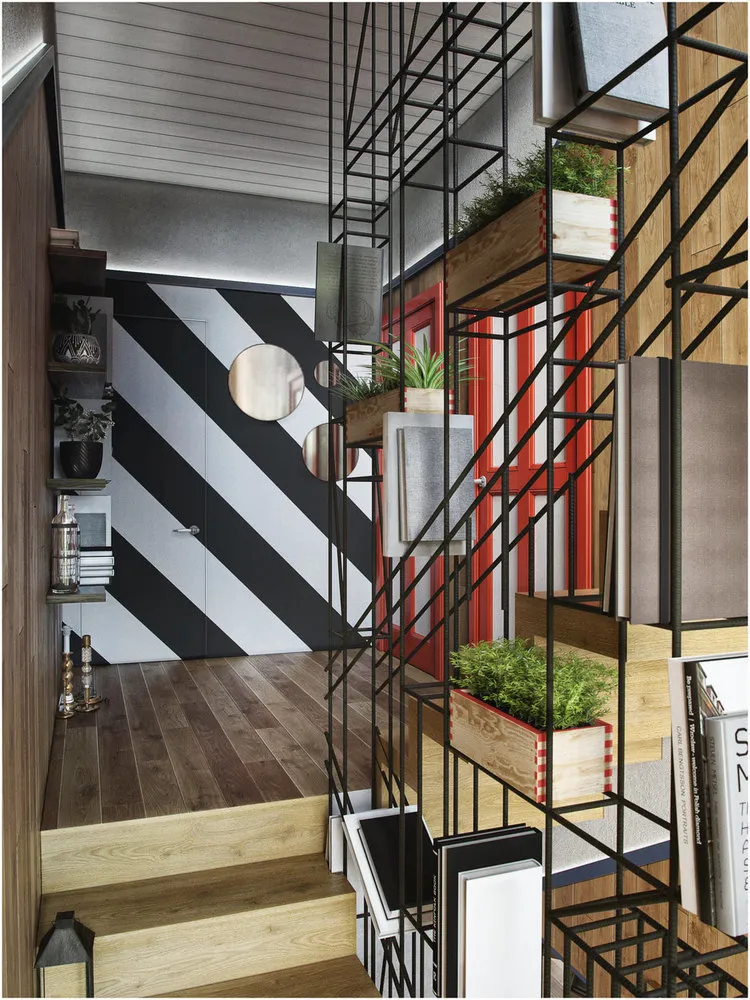 Design: ToTaste Studio
Design: ToTaste StudioLet's list a few more 'arithmetic' rules to follow when building (or controlling!) railings:
Every 10 steps should end with a landing: going up without rest is uncomfortable;
The optimal width of the staircase is 90-100 cm: try to step aside from an oncoming person
Comfortable step height is 17-19 cm, and depth - according to foot size, i.e. 25-30 cm.
It's bad if the angle of inclination of the entire structure exceeds 45 degrees - you're at home, not in the mountains.
The trendy topic of handmade crafts has penetrated into construction, architecture, and design. Recommendations here are ambiguous. With some effort, you can install wooden railings yourself. Installing metal ones requires skills and knowledge (not to mention casting and forging!).
 Design: Architect Nikita Morozov
Design: Architect Nikita MorozovBut with a passionate desire, anything is possible. You just need to be consistent and attentive to details.
- Perform all calculations before starting work;
- Make detailed markings on surfaces for fastening;
- Invite a master if welding is needed;
- Forget about nails when fastening balusters (only screws and glue).
- Purchase elements with a surplus: defective parts may occur;
- Apply parquet or yacht varnish to wood.
- If you have no experience at all, it's better to use professionals' services or at least get detailed consultation.
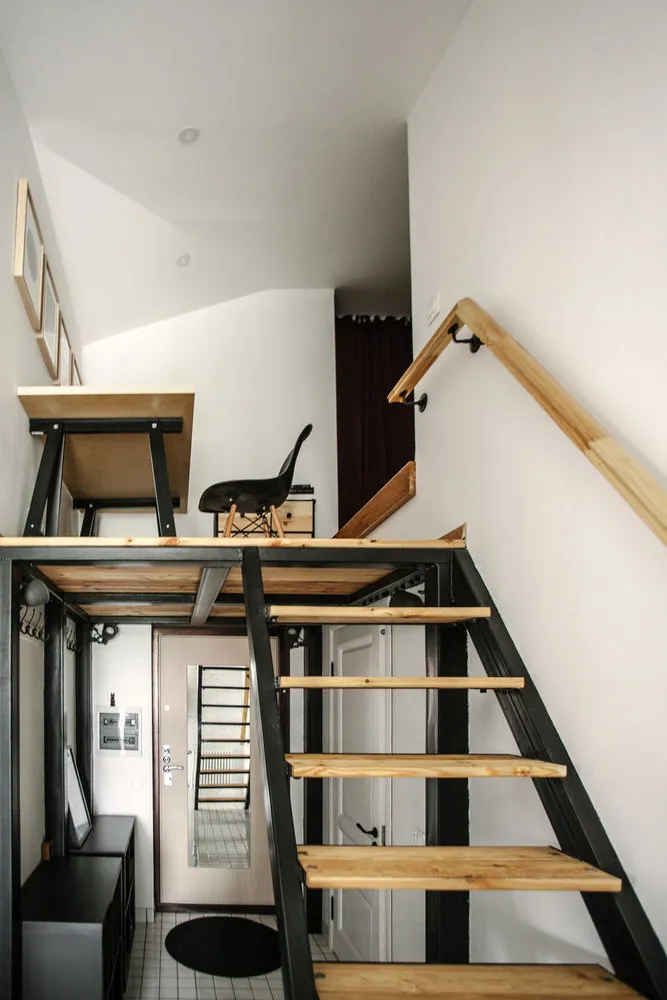 Design: Architect Boris Denisuk
Design: Architect Boris Denisuk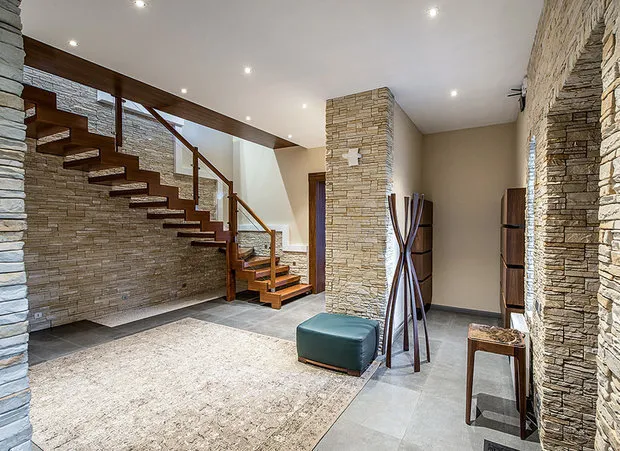
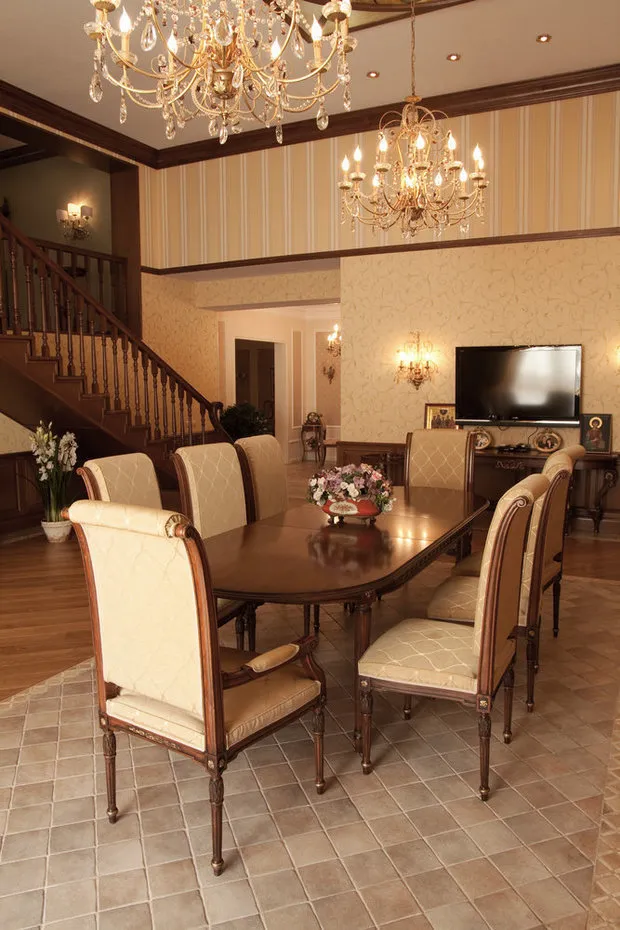
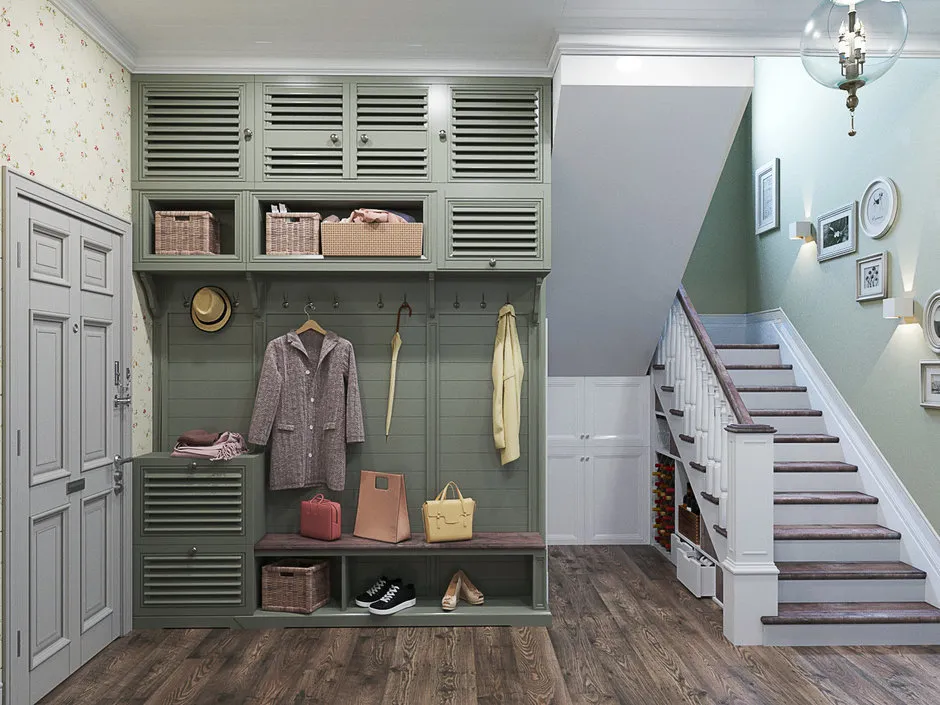
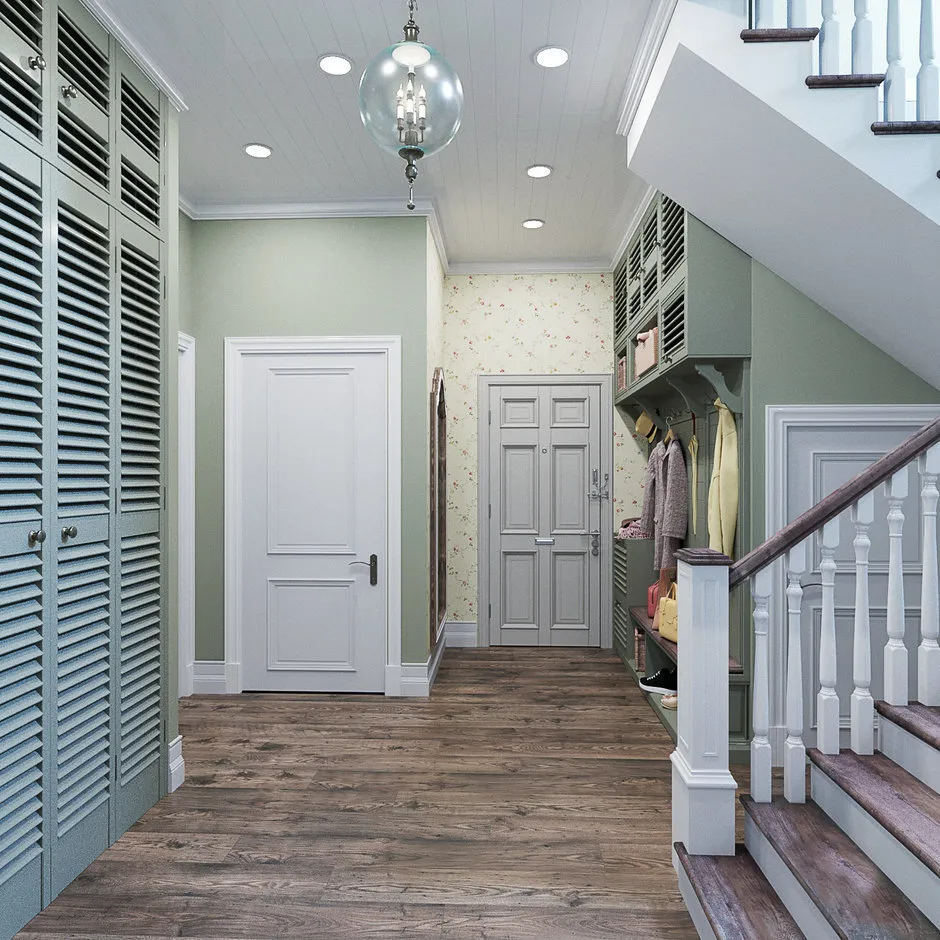
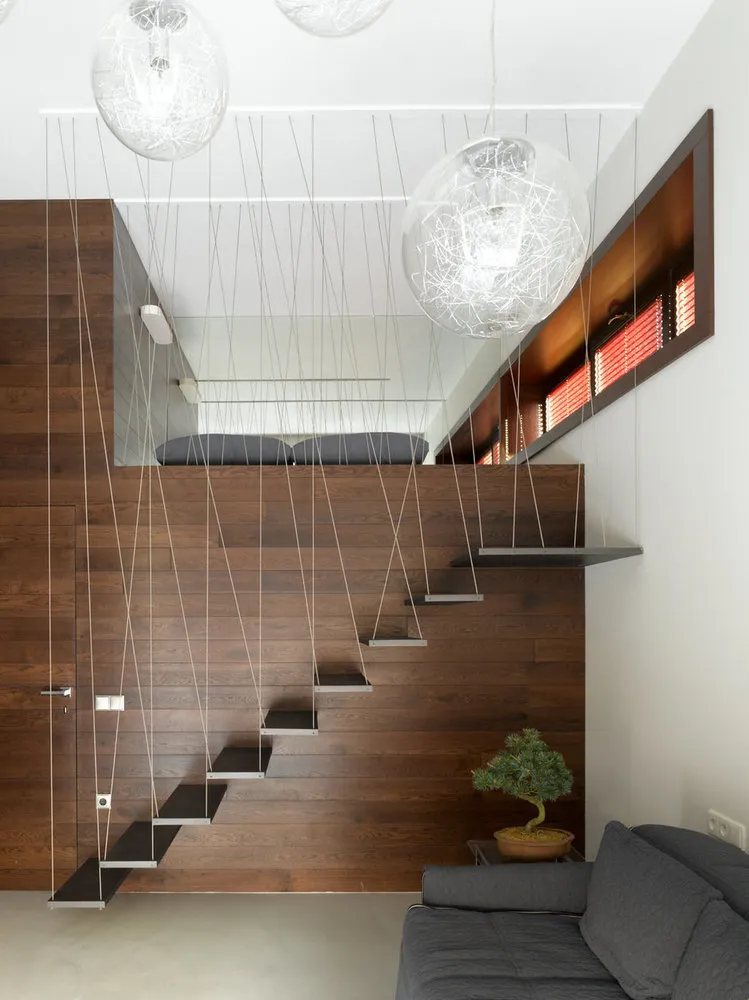
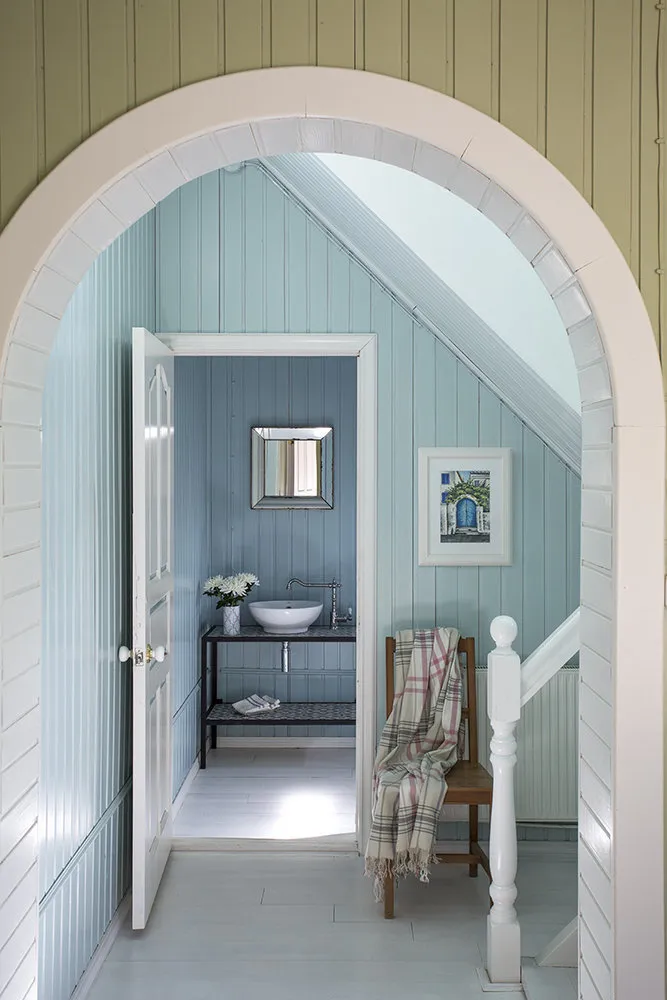
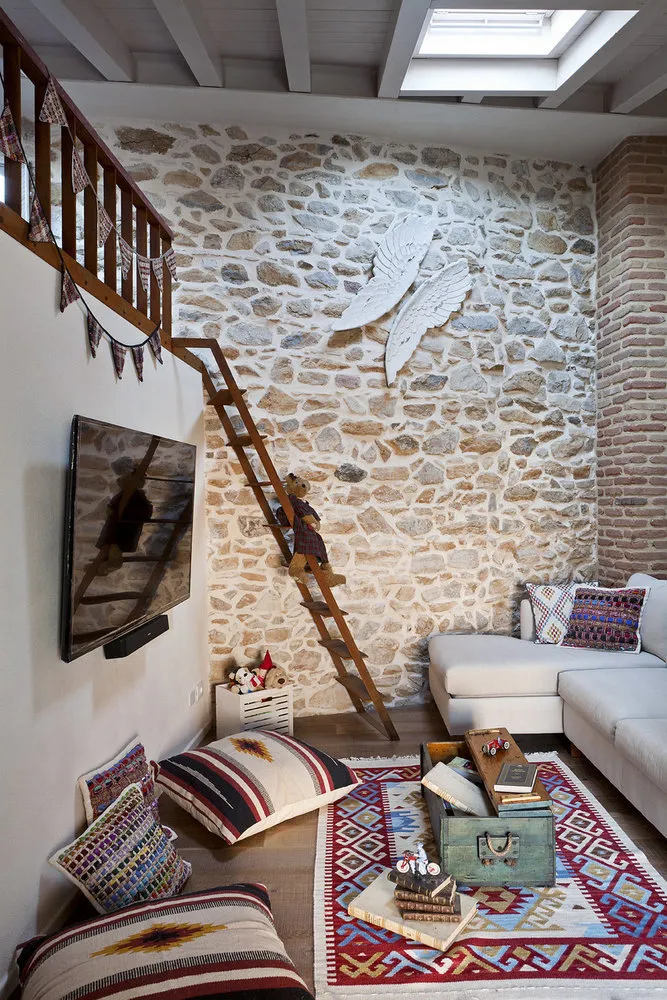
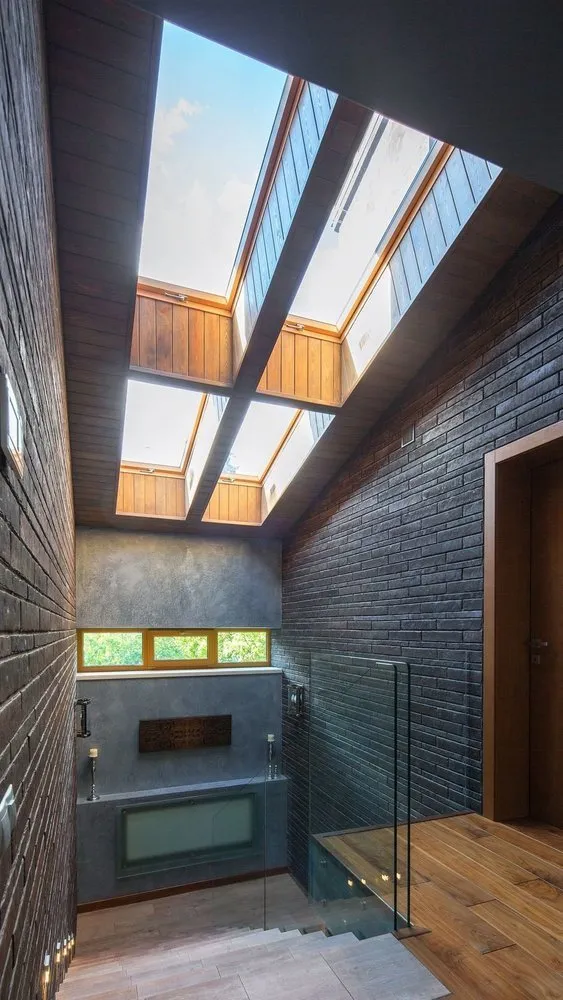


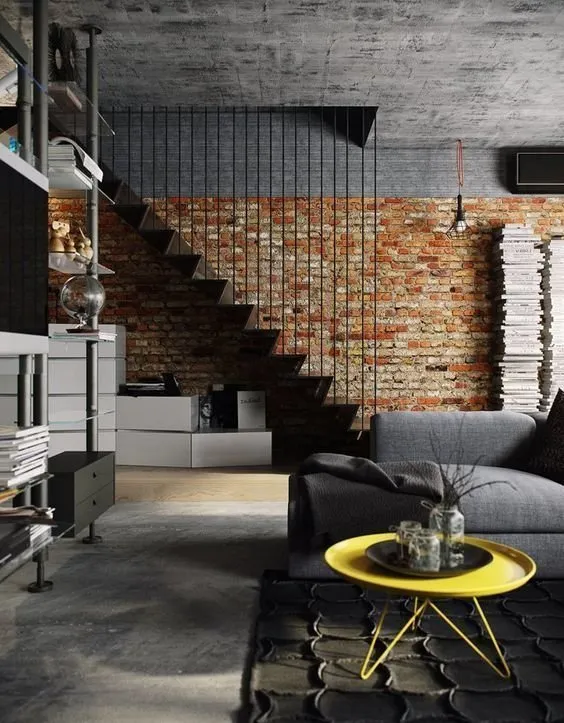
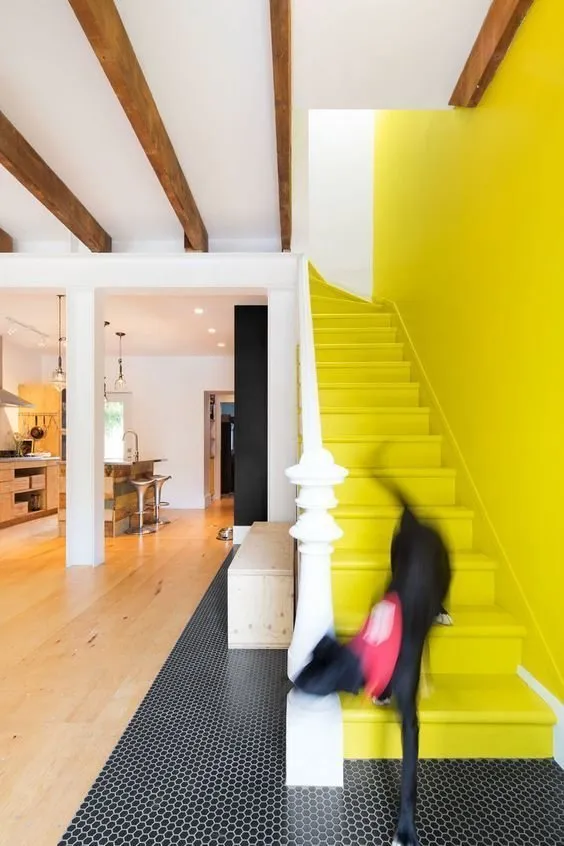

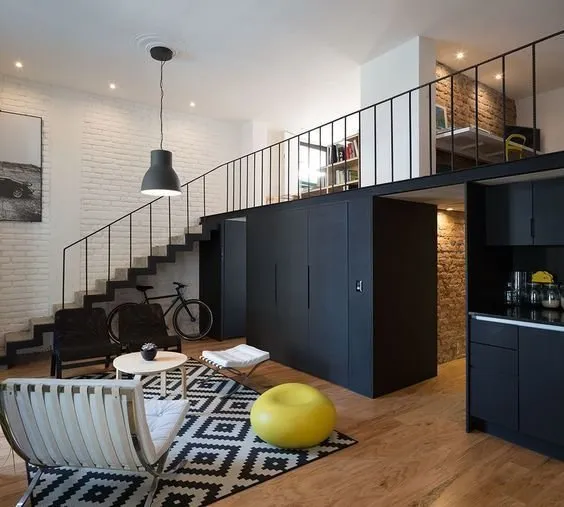
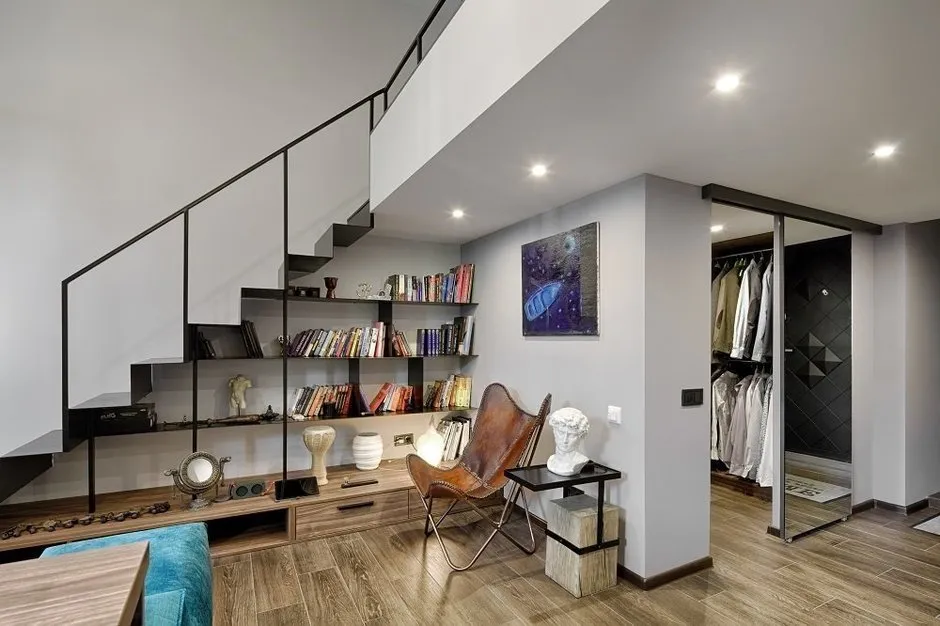

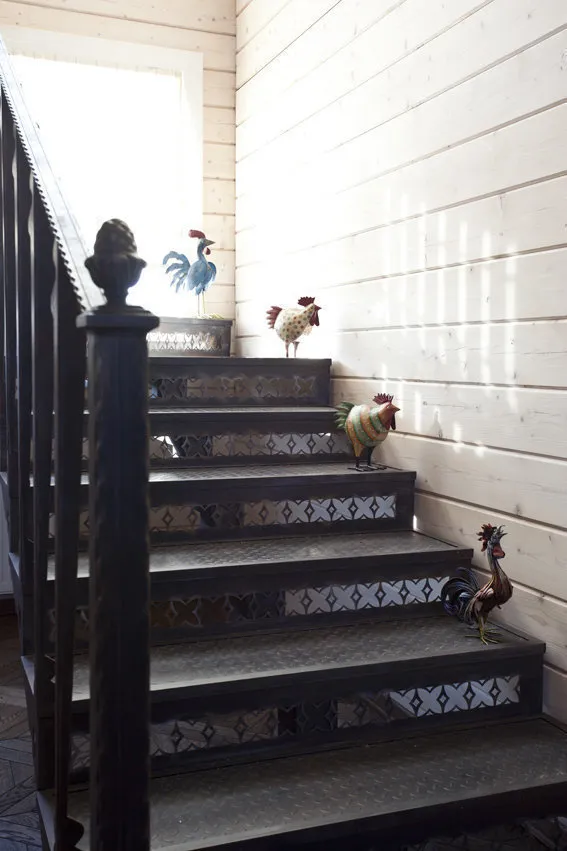
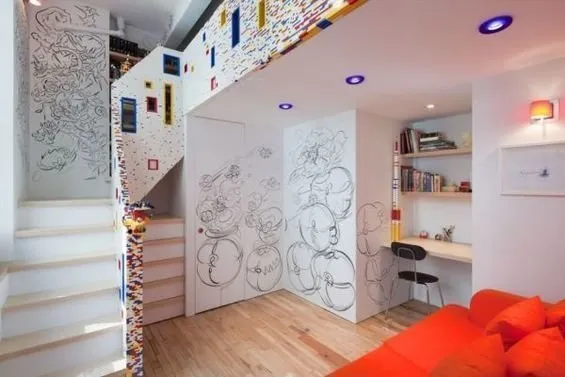

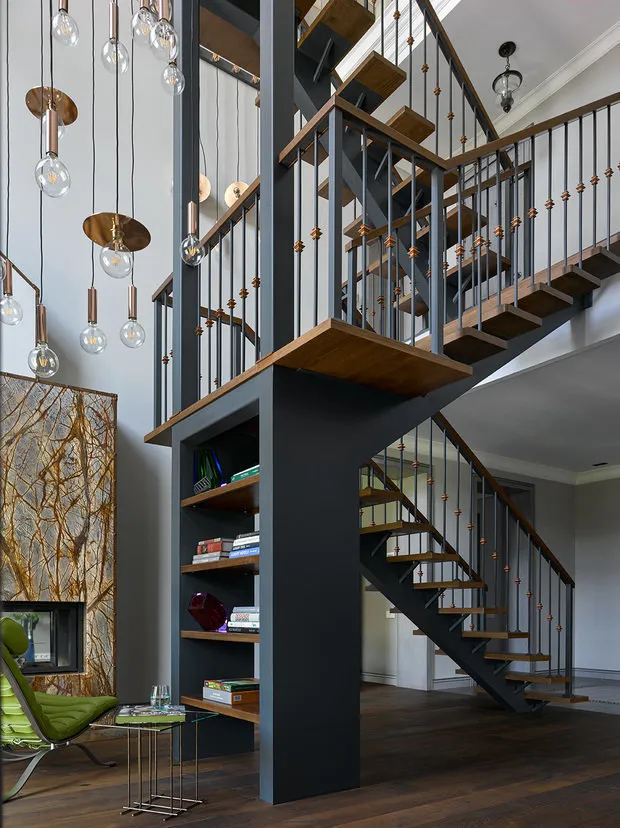
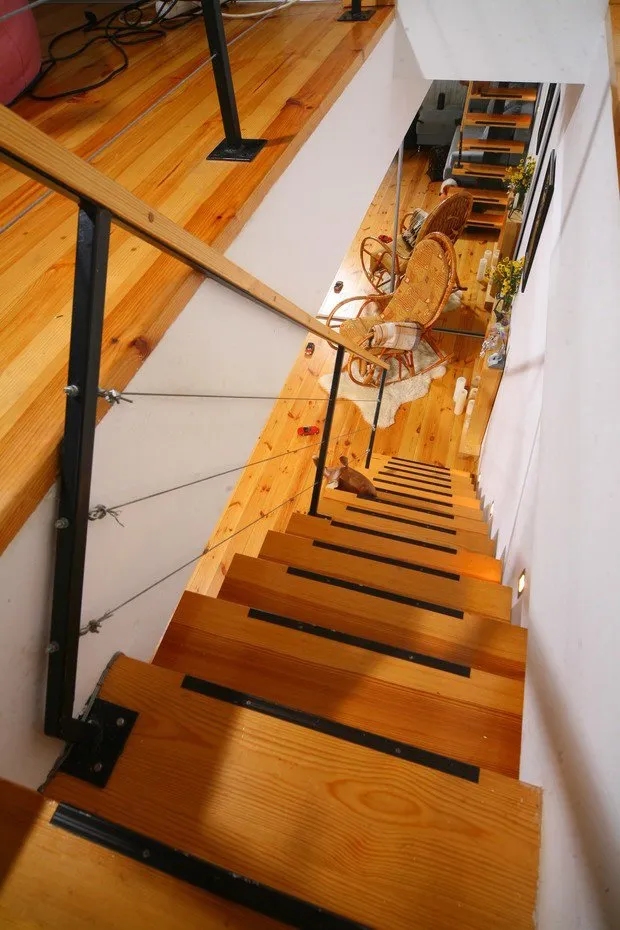
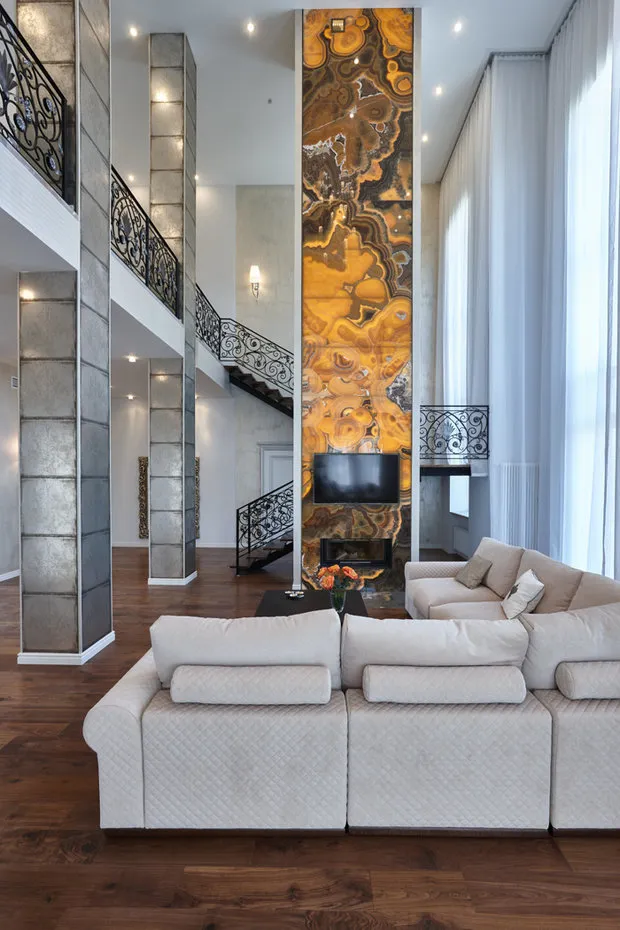

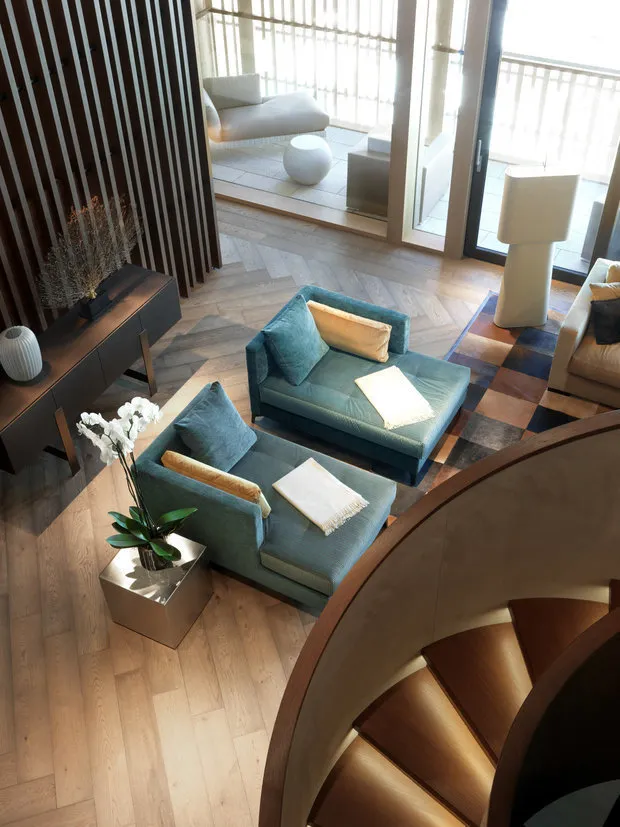
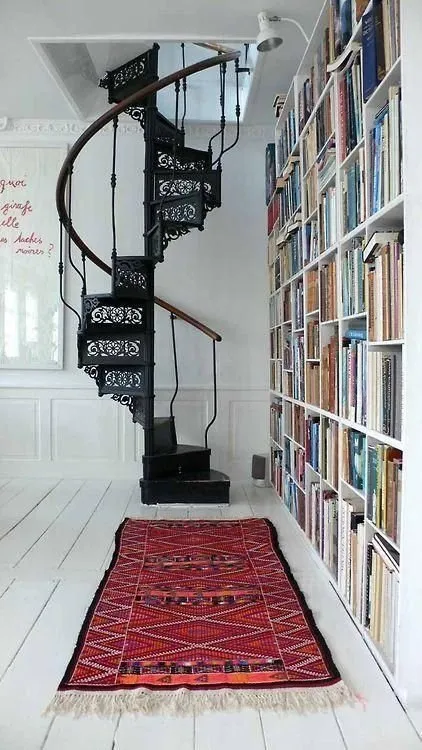
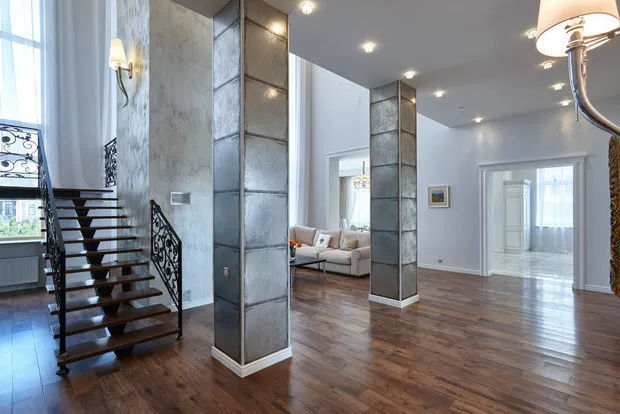
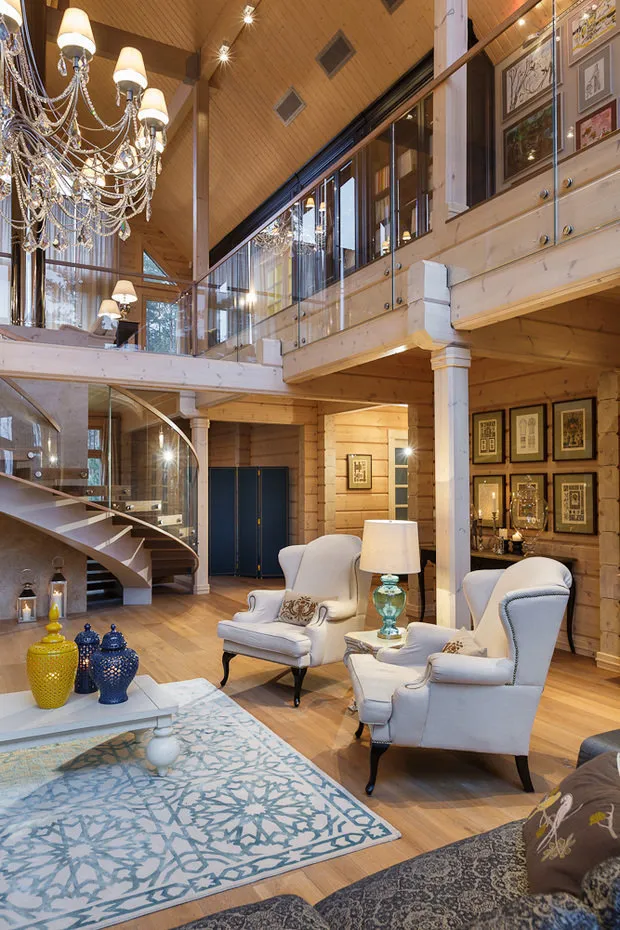

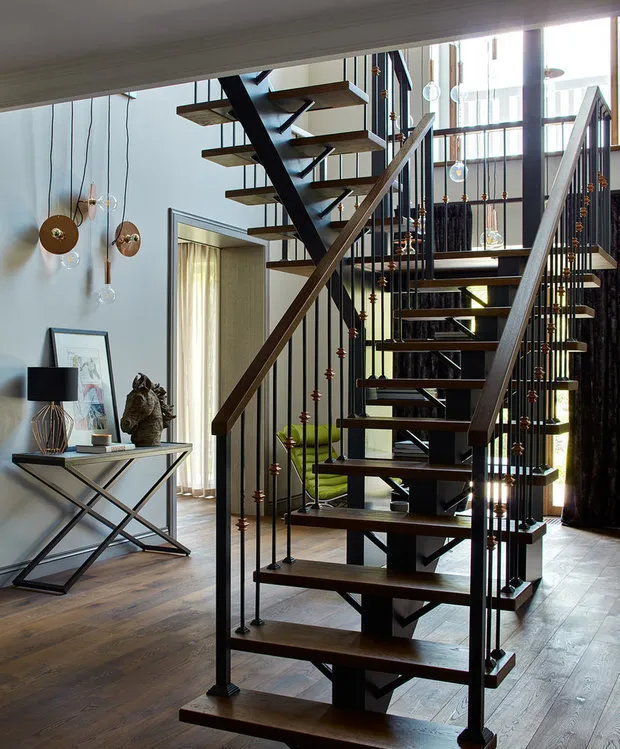
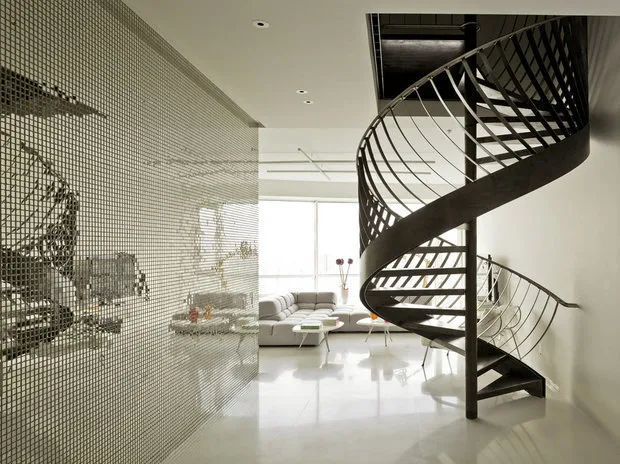
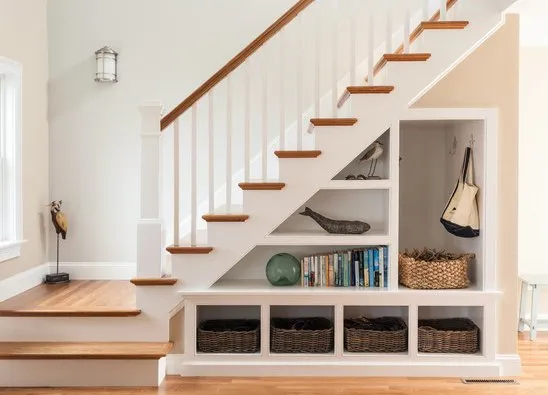
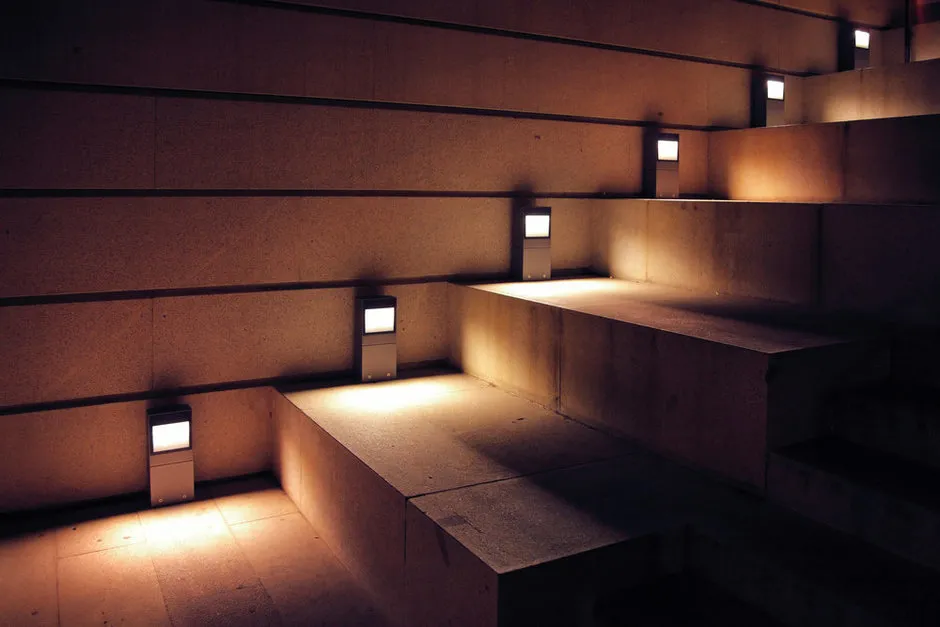

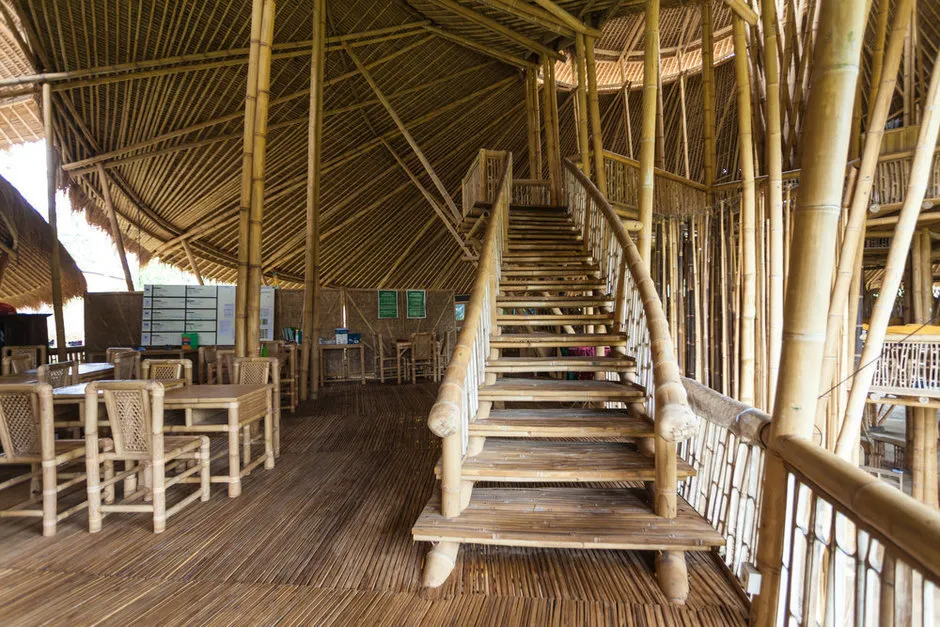
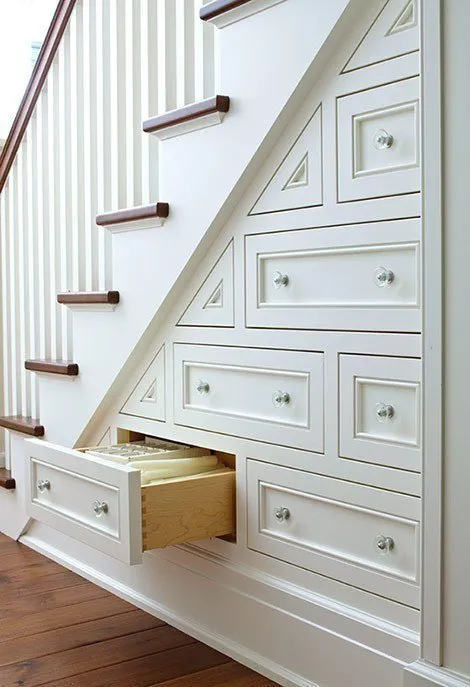
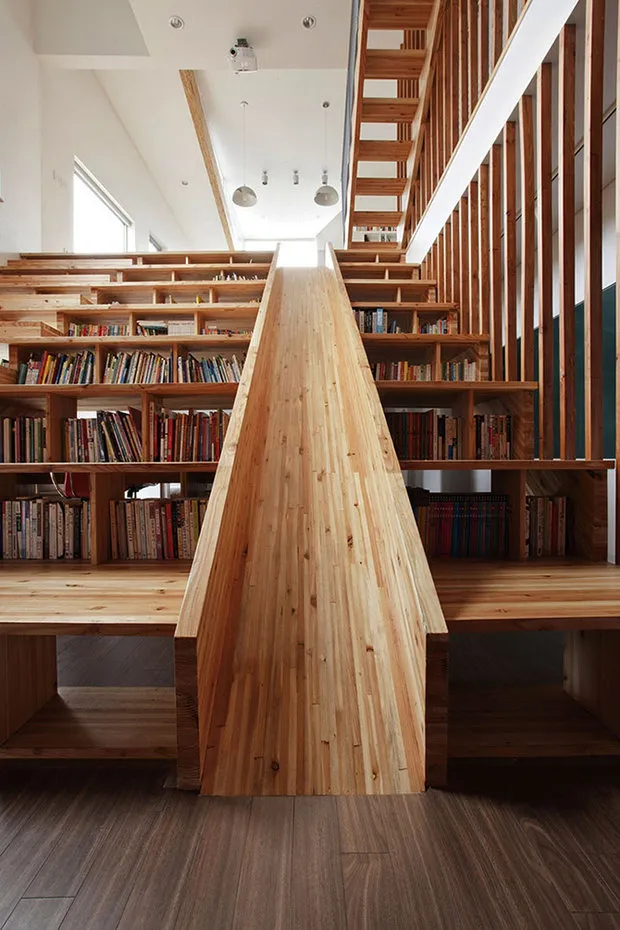
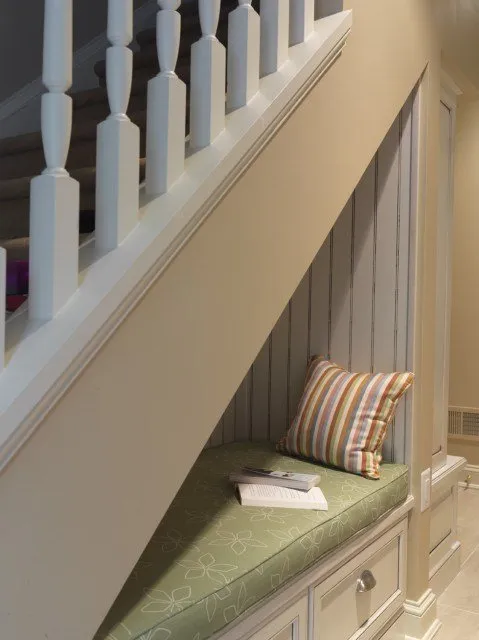
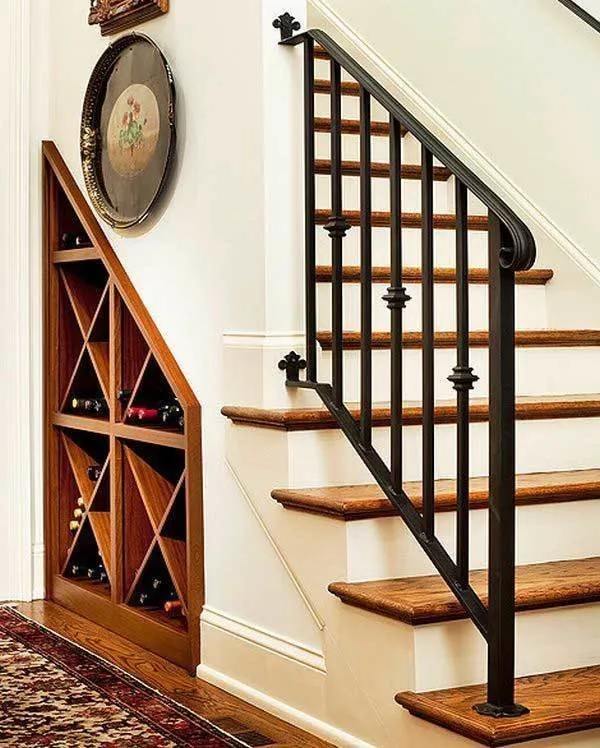
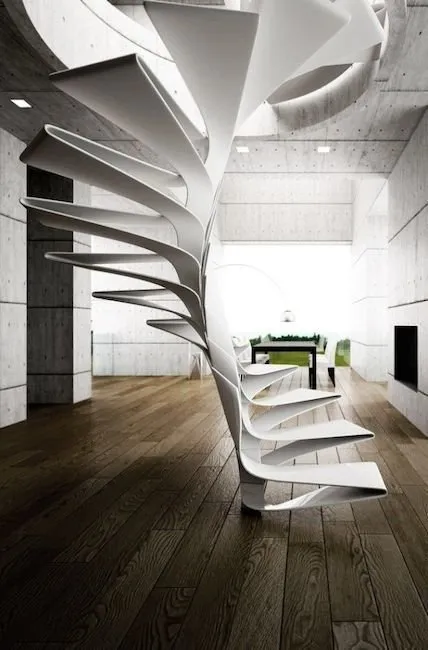
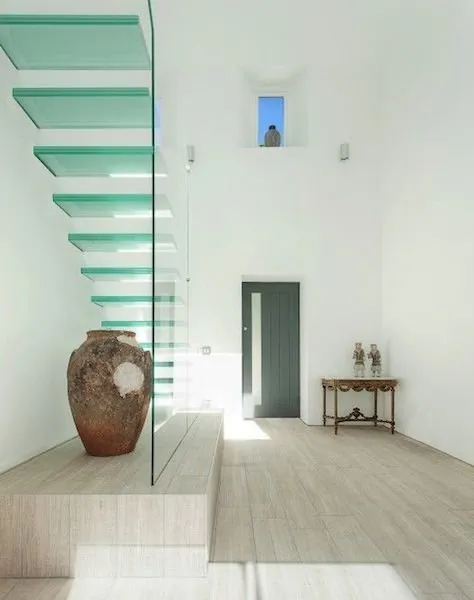
What can be said, 'standing on the last step of the staircase'?
When installing railings for a private home, do not violate construction standards. Consider the motor activity of all family members. Avoid conflict between the stylistic decoration of the adjacent room and the railings. For creating a classic country interior, use wood; for bachelor-style housing, use affordable stainless steel. The choice is rich and it's all yours.
The cover design project was created by designer Julia Kalem.
More articles:
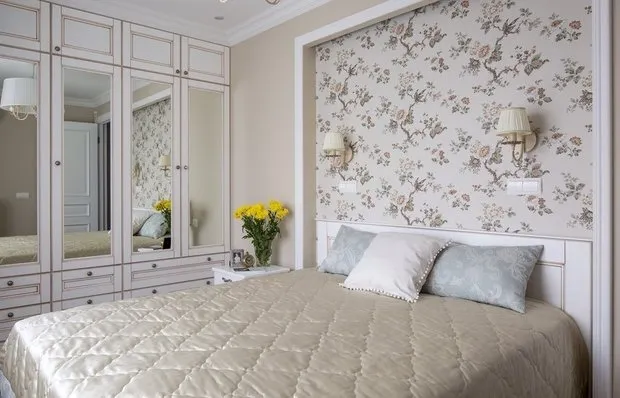 Design of Bedroom with Balcony
Design of Bedroom with Balcony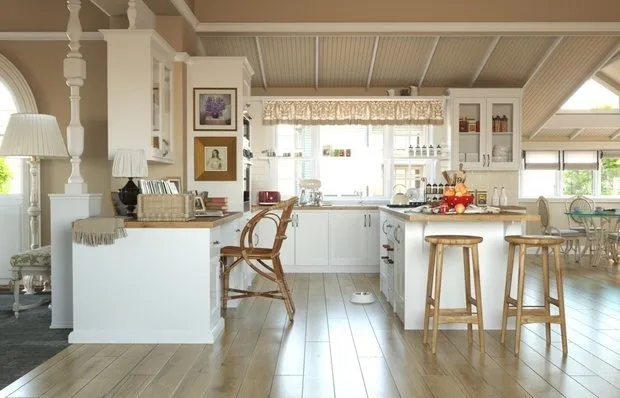 Kitchen Design Inspired by the TV Series "Desperate Housewives"
Kitchen Design Inspired by the TV Series "Desperate Housewives" Decorating Interior Inspired by the Fairy Tale "The Nutcracker and the Mouse King"
Decorating Interior Inspired by the Fairy Tale "The Nutcracker and the Mouse King" 8 Plants That Will Bring Positivity to Your Home
8 Plants That Will Bring Positivity to Your Home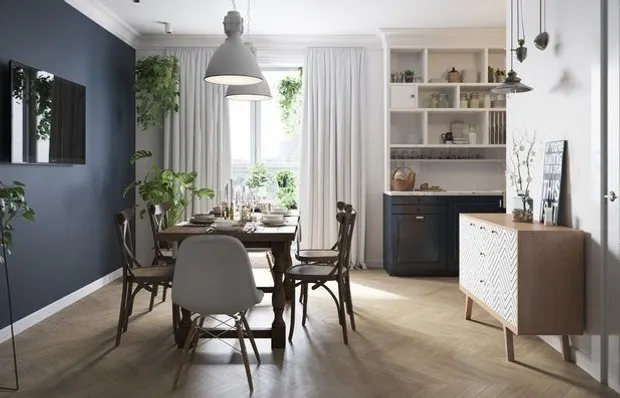 Pros and Cons of Custom Furniture – Luxury or Common Sense?
Pros and Cons of Custom Furniture – Luxury or Common Sense? Kitchen Layout in a Small Khrushchyovka: 3 Variants from Professionals
Kitchen Layout in a Small Khrushchyovka: 3 Variants from Professionals Kitchen Layout in Old Five-Story Building: 3 Examples + Tips
Kitchen Layout in Old Five-Story Building: 3 Examples + Tips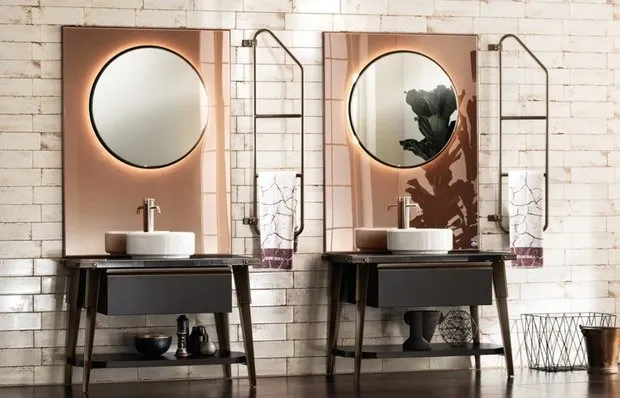 What Was Shown at Cersaie 2017: 10 Trends for the Bathroom
What Was Shown at Cersaie 2017: 10 Trends for the Bathroom